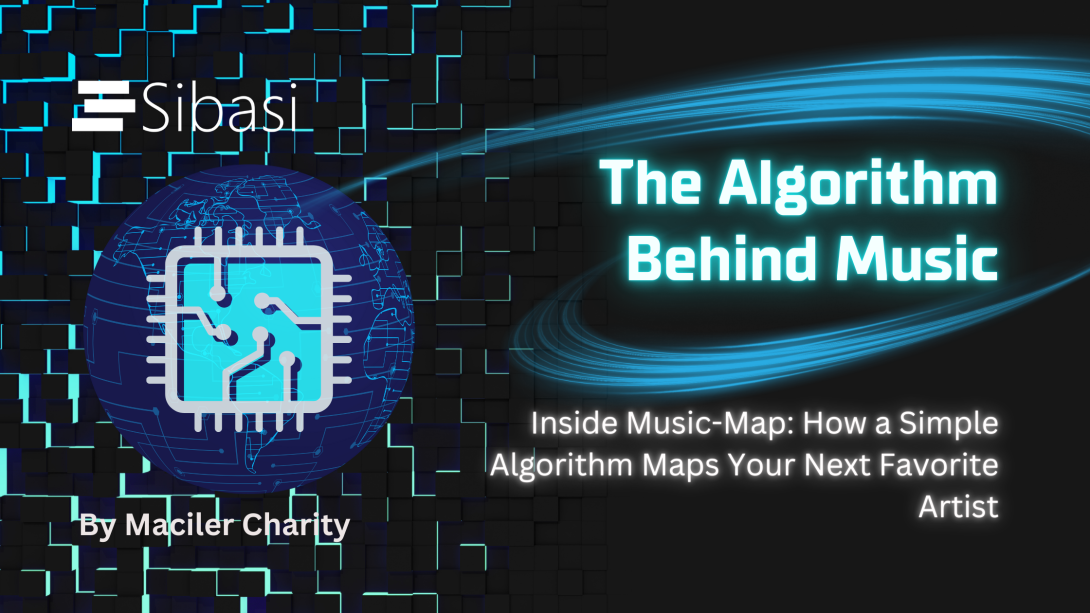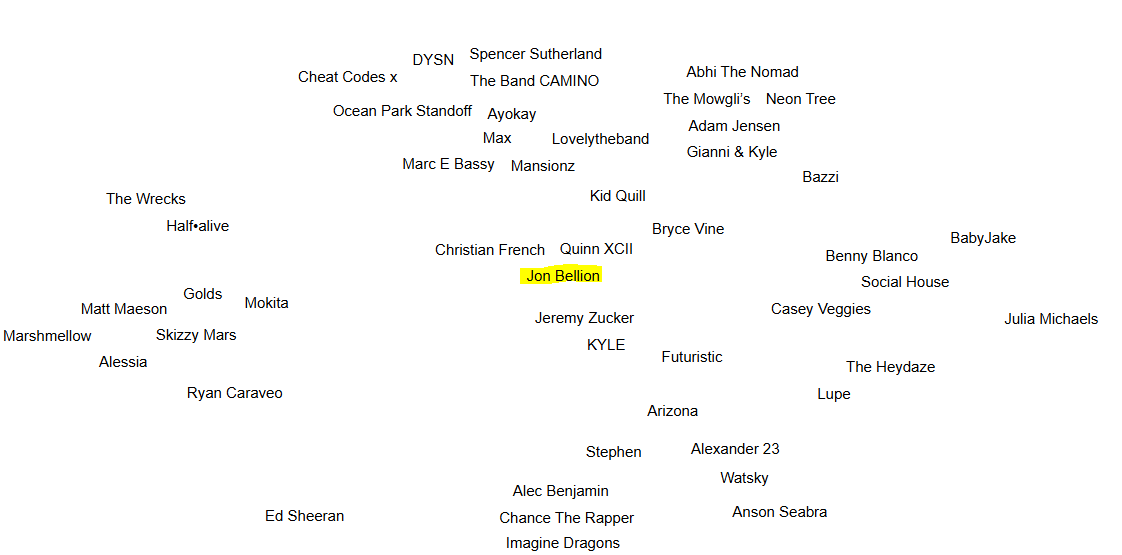
I love discovering new music, and a few weeks ago, I stumbled upon an intriguing website called Music-Map while searching for new artists similar to my favorites. The site presents a visual “map” of musicians, where related artists appear closer together. The concept fascinated me. How does this algorithm determine which artists are similar? Is it the same technology that powers music streaming recommendations? My curiosity led me to explore how Music-Map works under the hood and how it compares to more sophisticated recommendation engines used by platforms like Spotify, Apple Music, and YouTube Music.
How Music-Map Works: A User-Driven Algorithm
Music-Map is powered by Gnoosic, a recommendation engine created by Gnod (Global Network of Discovery). Unlike AI-driven music recommendation systems, Music-Map operates primarily on collaborative filtering and user input. Here’s a breakdown of how it functions:

- User Feedback-Based Recommendations
- When a user searches for an artist, Music-Map generates a web of artists deemed similar.
- The proximity of names on the map is determined by how frequently users associate them together.
- Crowdsourced Data & Implicit Associations
- Instead of analyzing the music itself, Music-Map relies purely on collective user behavior.
- The system learns and refines itself as more users contribute data.
- Collaborative Filtering
- If many users who like Jon Bellion also frequently listen to Jeremy Zucker, the system assumes a relationship between them.
How Major Streaming Platforms Recommend Music
While Music-Map relies on crowdsourced user behavior, major streaming services incorporate advanced machine learning and AI-driven techniques to personalize recommendations. These include:
- Content-Based Filtering
- Platforms analyze audio features such as tempo, key, timbre, and melody to recommend similar tracks.
- Example: Spotify’s “Discover Weekly” suggests songs with similar acoustic profiles to what you frequently listen to.
- Collaborative Filtering
- Similar to Music-Map, streaming platforms track user listening habits and compare them with others to suggest new music.
- Example: If thousands of users who listen to Jon Bellion also listen to Jeremy Zucker, the system recommends Jeremy Zucker.
- Natural Language Processing (NLP)
- AI scans blogs, reviews, social media, and even song lyrics to understand artist relationships.
- Example: If two artists are frequently mentioned together in media, the algorithm considers them related.
- Hybrid Models for Enhanced Recommendations
- Most streaming platforms use a mix of the above methods, ensuring highly personalized music discovery.
- Example: YouTube Music combines listening habits, trending data, and editorial curation to generate recommendations.
Music-Map vs. Streaming Services: The Key Differences
| Feature | Music-Map | Streaming Platforms (Spotify, Apple Music) |
|---|---|---|
| Data Source | User input (crowdsourced) | AI-driven machine learning & audio analysis |
| Algorithm Type | Collaborative filtering | Hybrid (content-based + collaborative filtering + NLP) |
| Personalization | Limited to general user trends | Tailored to individual user habits |
| Accuracy | Dependent on user submissions | Highly sophisticated and data-driven |
Conclusion
Music-Map offers a unique, crowdsourced approach to music recommendations. While it lacks the deep learning capabilities of streaming platforms, its simplicity and community-driven model make it a fun and engaging tool for discovering new artists. However, if you're looking for highly personalized recommendations, AI-powered streaming services remain superior in accuracy and depth.
Exploring Music-Map gave me insight into how different music recommendation engines work, and it’s fascinating to see how simple collaborative filtering can still be effective. While I’ll continue using platforms like Spotify for tailored playlists, I now appreciate how diverse and creative music discovery tools can be.







